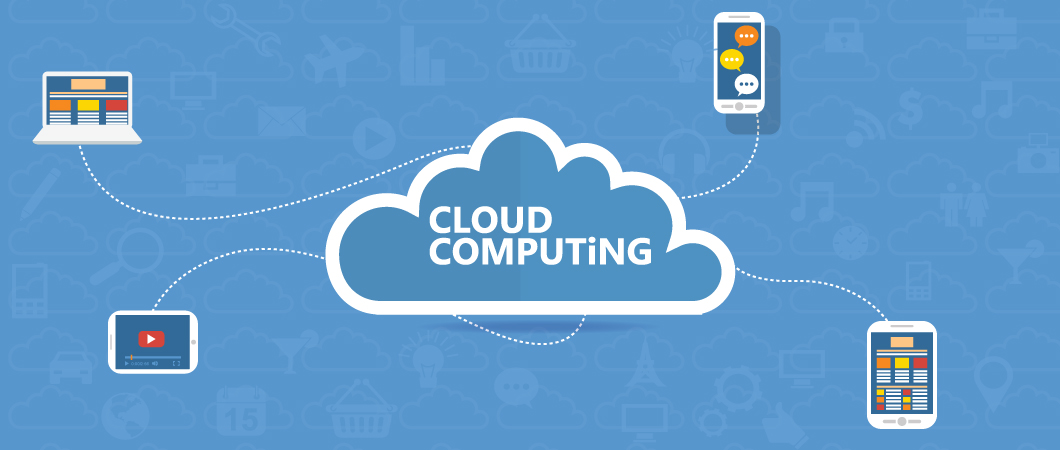“Cloud computing and next-gen enterprise mobility intermingle with traditional computing environments in most enterprises. This infiltration spans the width and breadth of the very modern workforce.”
-Blakely Thomas-Aguilar, VMware AirWatch content strategist.
In September 2016, Virtualization giant VMWare released the results of a survey on Cloud Infrastructure they had conducted among over a 1000 global members of their User Group. The surveyed organizations reported that the single largest use-case for the cloud was for Enterprise Mobility Management (EMM). Over 2 in 3, i.e. 67% of the enterprises were considering EMM hosted on the cloud. The mobility + cloud story doesn’t end there – 64% of the organizations in the survey were also considering apps hosted on the cloud. This blog is about why we believe that 2017 will be the year Enterprise Mobility and the Cloud will come together in a powerful partnership.
First, for those that still need convincing, let’s establish the current state of Enterprise Mobility. In terms of raw numbers, research firm Strategy Analytics reported that the market for mobile enterprise apps would grow at over 50% from $ 40.5 Billion in 2015 to over $ 63 Billion in 2020 and that the total spend on enterprise mobility would top $ 218 Billion on 2018. It is apparent that enterprises that are seeking, in ever-increasing numbers, to harness the power of mobility. They are already getting benefits like improved efficiency of operations across functions, better collection and dissemination of business-critical information, and improved collaboration between and across teams. There is little doubt that this is working!
What are the challenges though? Organizations looking to implement Enterprise Mobility must grapple with a different way of working that includes a much greater focus on managing identity, access, devices and data along with the design, delivery,, and management of the applications themselves. They are seeking to simplify their environment as far as possible and to this end a tightening of BYOD policies has become more apparent over the last couple of years. Dell’s “Global Technology Index” survey had reported a year ago that a declining number of organizations were allowing employees to access enterprise cloud resources from their personal smartphones – down 4% between 2014 and 2015. In contrast, there was a 5% rise in the organizations allowing such access from company-owned smartphones.
The VMWare survey quoted above shows that Enterprises, and indeed organizations of all sizes, are alive to the synergy between the Cloud and Mobility and how this can help them leverage the full power of mobility, while still tackling the challenges. As has been mentioned earlier, such initiatives need to address security, access control, and change management and ensure that employees can easily address day-to-day tasks like signing up, app updates, and adding or removing apps as the need may be. SaaS-based solutions for managing mobile devices and the wider enterprise mobility initiative are already being preferred over server-based approaches in these instances. One of the reasons for organizations to exploit the Cloud-Mobility synergy is the faster speed of implementation of the Enterprise Mobility initiatives on the cloud. That a SaaS-based solution is faster, cheaper, and easier to implement is now, no longer debated. In addition, in today’s DevOps world, newer and more feature-rich versions of the base platforms become available virtually “on the fly” in the Cloud model, continually improving the value delivered. These are all sound reasons for the Cloud to drive tomorrow’s Enterprise Mobility solutions.
The earlier references to “ease of use” point to another important reason for the synergy. In many ways, this is a natural coming together of forces given how much both the Cloud and Mobility have been influenced by the “Consumerisation” movement. Employees are increasingly influenced by their use of highly intuitive websites and web apps, and social media platforms, and this colors their expectations of the apps they encounter over the course of their work. The evolution in the worlds of Mobility and the Cloud is in many ways a mirror image of each other due to this reason.
Gartner, in an earlier report, had predicted that by 2016, the entire global workforce would be connected with the enterprise through some form of mobile device. It seems sure that 2017 will shift the utilization of the power of Mobility by Enterprises into another gear – and it will be the Cloud that will drive that acceleration.



